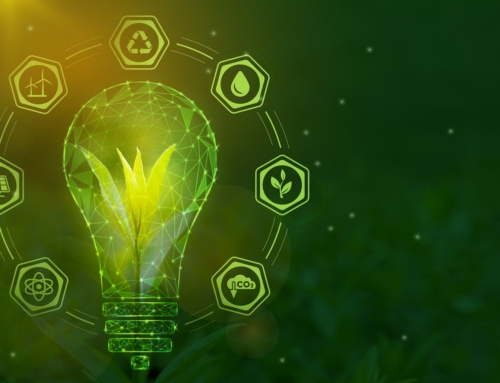At Kiwi Energy, we believe that understanding your utility bill shouldn’t be complicated. We made this guide to help you understand the energy invoices you receive for your consumption.
Three essential checks for your bill
Before diving into the details, always verify these three fundamental aspects:
- The accuracy of your billed amount
- Whether you’re accumulating any debt
- If there are better tariff options available
Just like checking your bank statement for accuracy, these three checks help you maintain control of your energy expenses.
Types of billing documents
You might receive either a payment demand or a statement of previous payments. Like bank statements, these bills provide a complete breakdown of charges and when they need to be paid.
Quarterly bills
If you pay upon receipt, you’ll get a quarterly bill showing:
- Amount owed
- Previous payments
- Payment due date
- Detailed calculation method
For direct debit customers, statements come every 3–12 months showing:
- Current account balance
- Payment history
- Seasonal adjustments
- Credit/Debit Status
Understanding Your Account Details
The energy bill goes beyond how much you have to pay. This document has several sections that will help you understand how you consume energy and also make a claim in case you find something unusual.
Key reference numbers
Your bill contains several essential reference numbers:
- Account/customer number
- MPRN (Gas) and MPAN (Electricity) supply numbers
- Meter identification numbers
Billing period information
Each statement clearly shows:
- Bill issue date
- Service period covered
- Previous balance details
- Recent payment records
Consumption and charges breakdown
There are units of measurement that indicate your energy consumption over a period of time. Keep in mind that every time you turn on the light, use the microwave or charge your cell phone, consumption accumulates and has a cost for your pocket.
Understanding usage units
Energy consumption appears in different measurements:
- Electricity: Kilowatt-hours (kWh)
- Gas: Therms or cubic meters converted to CCF
Rate structures
Bills include several rate components:
- Unit rates (price per kWh)
- Standing daily charges
- Special rates for time-of-use programs
Additional Components and Services
Some companies offer additional features to give you a more complete experience, however, they may incur an additional charge on your bill.
Supply Charges (Retailer Services)
As your energy retailer, we manage your Supply Charges – the costs for your actual energy consumption. This includes your per-kWh usage rates, chosen plan pricing, and any market adjustments. These charges represent the energy you use, distinct from delivery fees.
- Energy cost per kilowatt-hour (kWh)
- Plan-specific rates and charges
- Wholesale market adjustments
- Green energy options (if selected)
- Special program rates and discounts
Delivery Charges (Utility Services)
Your local utility’s Delivery Charges include maintaining the physical network that brings energy to your door – from power lines to meters. These regulated fees ensure reliable service and infrastructure upkeep, separate from your actual energy costs.
- Local utility distribution fees
- Infrastructure maintenance
- State-regulated charges
- Network reliability services
- Meter reading and maintenance
Online account management
Many providers offer digital services:
- Paperless billing options
- Online meter reading submission
- Real-time usage monitoring
- Digital payment management
Smart tips for bill management
Managing your utility bills starts with controlling your energy costs. Whether you’re looking to reduce your environmental impact or trim your monthly expenses, these tried-and-tested tips will help you become a more savvy energy consumer.
Meter reading best practices
Regular meter readings help maintain accurate billing:
- Submit monthly readings when possible
- Understand estimated vs. actual readings
- Record reading dates and numbers
- Report unusual changes promptly
Understanding your projection
Your bill includes a forecast of future costs:
- Annual usage estimation
- Projected costs based on current rates
- Seasonal variation considerations
- Comparison with previous years
Making informed decisions
Knowledge is power, well-informed customers can make better decisions that align with their financial goals and environmental values.
Tariff Comparison
Your bill shows information to help you make cost-effective choices:
- Current tariff details
- Potential exit fees
Energy efficiency planning
With the next steps you’ll be able to optimize your energy usage with your bill information:
– Track your consumption patterns.
– Identify periods of high usage.
– Plan for seasonal changes.
– Set energy-saving goals.
At Kiwi Energy, we’re here to provide you with electricity and gas services. Our customer service team is available to answer your questions and address any concerns. Contact us to learn more about our plans and service options.






